Microstructure Analysis & Lab Testing
Titan Metallurgists are well versed in microstructure evaluation of steel, cast iron, copper, and aluminum. In addition, we can classify and characterize coatings such as PVD, CVD, hard chrome/chrome plating, nickel plating, and phosphate. Routine testing such as inclusion ratings, and grain size, are also automated through motorization and software at Titan, making sure results are consistent and accurate.
What A Microstructure Analysis Can Reveal
A microstructure analysis test is very useful in determining many factors that govern the properties or shortcomings of a material. Things like, classifying the structure, measuring grain size, rating inclusions, and measuring decarburization can help to determine the expected strength levels, ductility, fatigue performance, and processing limitations. Using common standards to guide microstructure lab testing ensures that the findings can be compared both nationally and internationally. These tests are performed to standards such as ASTM E45, ASTM E112, ASTM E1077, ASTM E247, ASTM E407, SAE J422 and SAE J423.

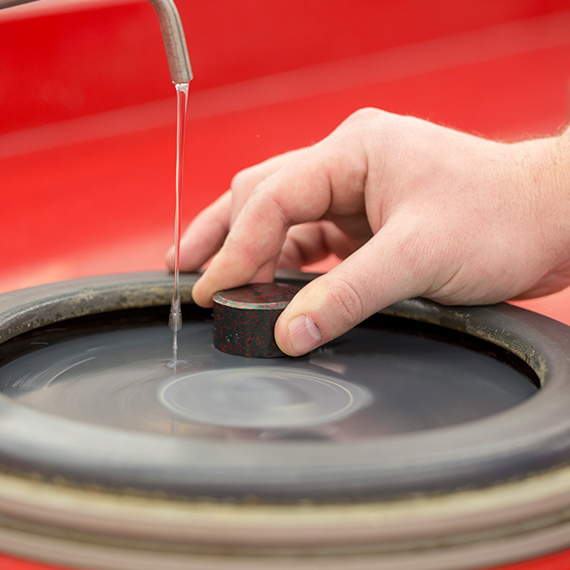
What Your Microstructure Analysis Includes
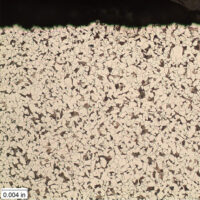
Grain Size
We have the capability to perform average grain size measurements to common international standards such as ASTM E112. Through the use of our metallographic preparation and optical microscope, we can report a grain size number accompanied by a photomicrograph of your sample.
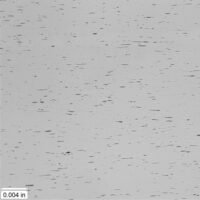
Microcleanliness
As part of microstructure analysis services, we can perform inclusion content/ratings on steel samples to common international standards such as ASTM E45 and SAE J422. Through the use of our metallographic preparation and optical microscope, we can report inclusions such as sulfides, oxides, silicates, and aluminides to their appropriate severity ratings.
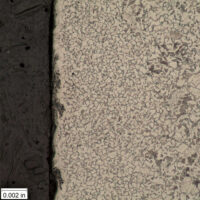
Decarburization
Carbon depletion can occur in uncontrolled atmospheres at high temperatures, causing your sample to have a different carbon content at the surface. This can affect downstream processing that is counting on a relatively even carbon content throughout the bar. We can perform an analysis of decarburization to common international standards such as ASTM E1077. You will receive a report that includes the depth of complete, partial, and total decarburization, and a photomicrograph of the surface of your sample.
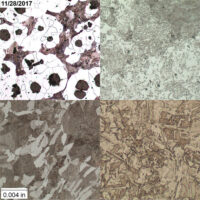
Microstructure Classification
The microstructure of your sample can explain how the material has been processed, as well as how it may perform in downstream processing or in operation. Our trained personnel can take your sample and section it for metallographic preparation and microstructure analysis using our inverted microscope. Some things commonly identified through this testing are
- Precipitates (aluminum, cast iron, steel)
- Percent or type graphite flake (cast iron)
- Percent spheroidization (steel)
- Percent pearlite (steel, cast iron)
- Percent ferrite (steel, cast iron)
- Percent retained austenite (steel, cast iron)
- Percent carbide (steel, cast iron)
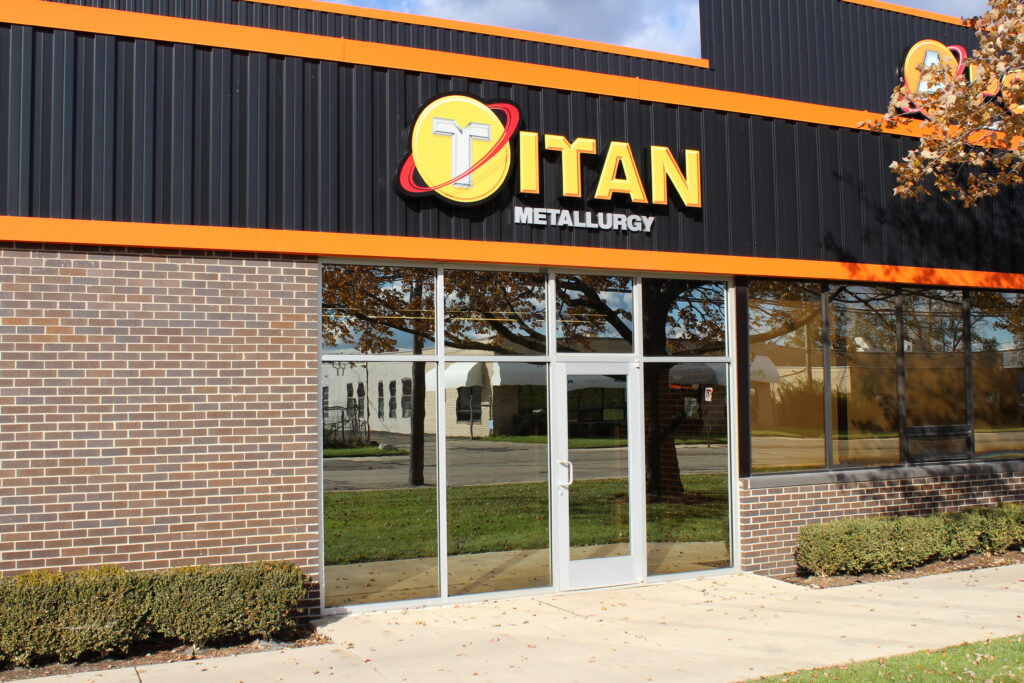
Titan Metallurgy in Oak Park, Michigan
Titan Metallurgy takes pride in providing Microstructure Analysis Testing services to our local and remote clients alike. Located in the Detroit Metro, Titan Metallurgy has established relationships with Southeast Michigan metal fabricators, forges, specialty alloy suppliers, and custom part manufacturers across a variety of industries.
Titan Metallurgy is an A2LA-accredited testing lab located in Michigan providing Microstructure Analysis Testing services for customers in Northern Ohio, Northern Indiana, Illinois, and Wisconsin with expedited 24-48 hour turnaround. Our expedited testing can save you time and money even if we aren’t the closest option to you. Reach out today to see how our microstructure analysis & lab testing services can help you!
Request A Microstructure Analysis Quote
Please complete this form with basic information about the testing or analysis you need. We typically respond within one business day by phone or email to discuss your requirements and finalize details to complete your order.
Please note: Titan Metallurgy typically focuses on metals for industrial use, although we do enjoy a bit of historical metallurgy from time to time. Unfortunately, we can’t date or value metals or minerals and don’t have the ability to test rock, ore, or meteorites.
